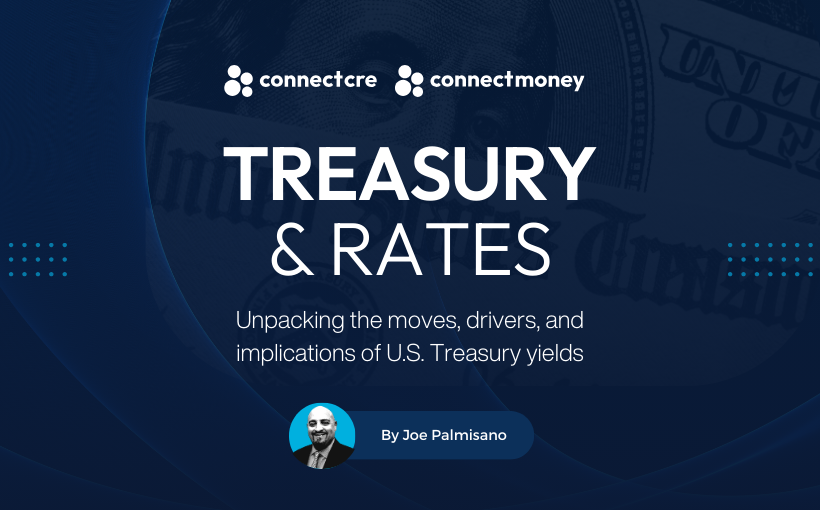

A recession typically spells relief for bond investors—yields fall as inflation cools and central banks ease policy. Yet in the current macroeconomic context, a downturn could produce the opposite effect: a temporary dip in yields followed by renewed upward pressure as fiscal expansion and inflation expectations resurface. The dynamic underscores an emerging paradox for fixed-income markets: Treasury bulls may find their optimism short-lived if the next recession triggers another round of government spending and stimulus.
The U.S. experience from 2020–2021 provides a cautionary precedent. Pandemic-era stimulus checks and emergency fiscal measures injected trillions into the economy, igniting the sharpest inflation surge since the early 1980s. While another supply shock of that magnitude is unlikely, any future downturn could again prompt policymakers to unleash fiscal support, whether through direct payments or subsidies, to cushion households and businesses. Such actions, against the backdrop of already-large structural deficits, could reignite inflation expectations and send long-term yields higher. In essence, the bond market’s response to recession risks could depend more on fiscal dominance than on monetary policy itself.
Quantitatively, this risk dynamic is visible through the behavior of Treasury Inflation-Protected Securities (TIPS) compared with nominal Treasuries. Take, for example, the five-year TIPS issued in October 2020 (CUSIP 91282CAQ4) and a comparable nominal bond (CUSIP 91282CAT8). At issuance, the breakeven inflation rate—the market’s implied inflation forecast—was 1.65%. If that forecast had proven correct, both securities would have produced similar total returns, with the TIPS offsetting its negative real yield of –1.32% through the inflation adjustment. However, inflation during the 2020–2025 period averaged 4.43%, nearly three percentage points higher than expected. The realized TIPS yield, therefore, was approximately 3.11%, handily outperforming the nominal bond’s 0.33% return. Investors who recognized the inflation risk embedded in fiscal stimulus were rewarded accordingly.
Today’s market presents a similar calculus. The five-year nominal Treasury yield stands near 3.65%, while the five-year TIPS yield is 1.15%, implying a 2.50% breakeven inflation rate. Inflation forecasts for the next five years vary: the University of Michigan’s consumer survey pegs expectations at 3.70%, the New York Fed survey at 2.90%, the Cleveland Fed model at 2.32%, and the FOMC’s long-run target at 2.00%. These figures place investors at a crossroads—those expecting inflation to remain above 2.5% would favor TIPS, while those anticipating a return to pre-pandemic stability might lean toward nominal bonds.
Historically, recessions have brought disinflation, but the current fiscal and structural context suggests a more complex picture. Persistent deficits exceeding 6% of GDP and political resistance to austerity could keep real rates from falling as deeply as in prior cycles. Bond investors must therefore weigh whether a future downturn ushers in another inflationary episode driven by fiscal largesse rather than a conventional deflationary slump.
For now, the market assumes that inflation will revert to the 2%–2.5% range. But history since 2020 cautions that such expectations can shift abruptly. If the next recession triggers fiscal expansion or a structural repricing of inflation risk, TIPS could once again outperform traditional Treasuries—transforming what might appear a safe-haven rally into a renewed test of bond market resilience.
Please share your comments below and click here for prior editions of “Treasury & Rates.”
The post A Recession Could Turn Treasury Bulls into Bears as Fiscal Risk, Inflation Expectations Loom appeared first on Connect CRE.


